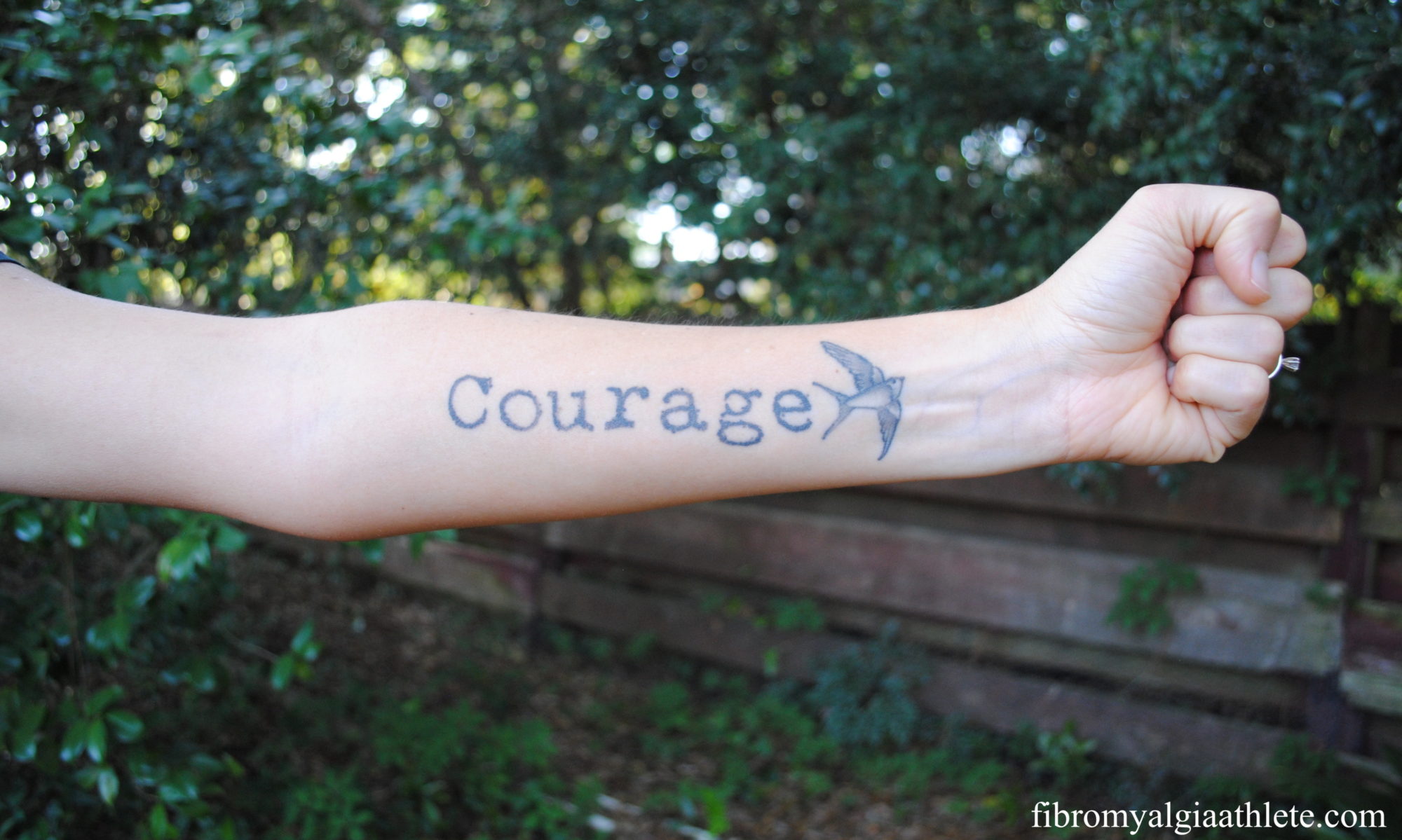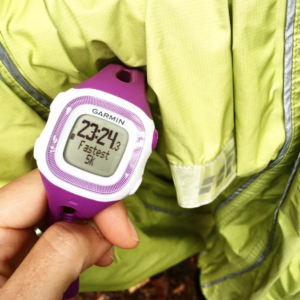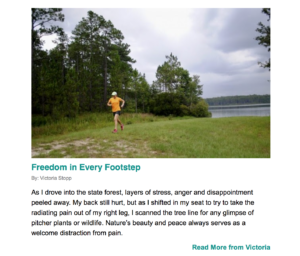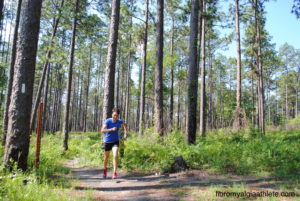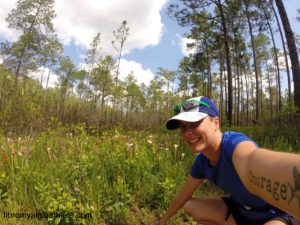I write about serious health stuff a lot, but I also love to talk about lighthearted and upbeat topics. Life’s about balance, right? So, along with my very serious Lyme disease post, I’m also finishing 2019 by writing a quick highlight of three of my favorite pieces of running gear that I acquired this year.
Altra Kayenta
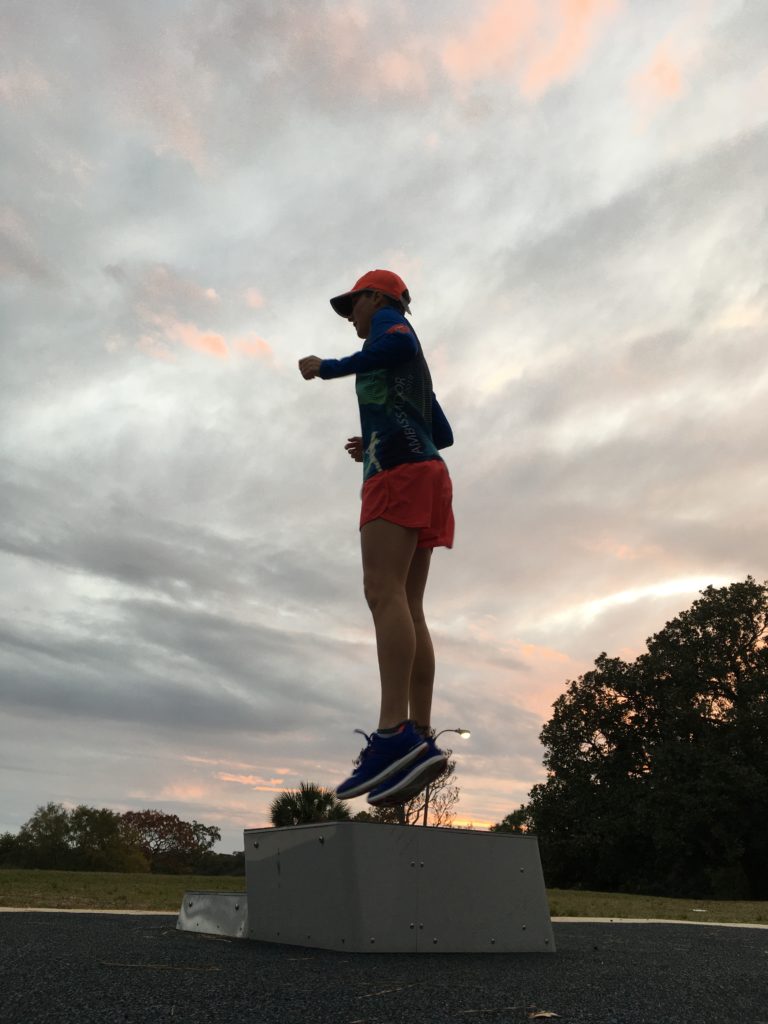
I was ridiculously devastated when Altra decided to discontinue their Intuition, but their new Kayenta helped dry my tears. They’re different from any shoes I’ve ever worn, but once I got over the novelty, I fell in love. They’re lightweight, flexible, (zero-drop like all Altras), and shaped like my feet. I like the colors, too.
Headsweats Hats
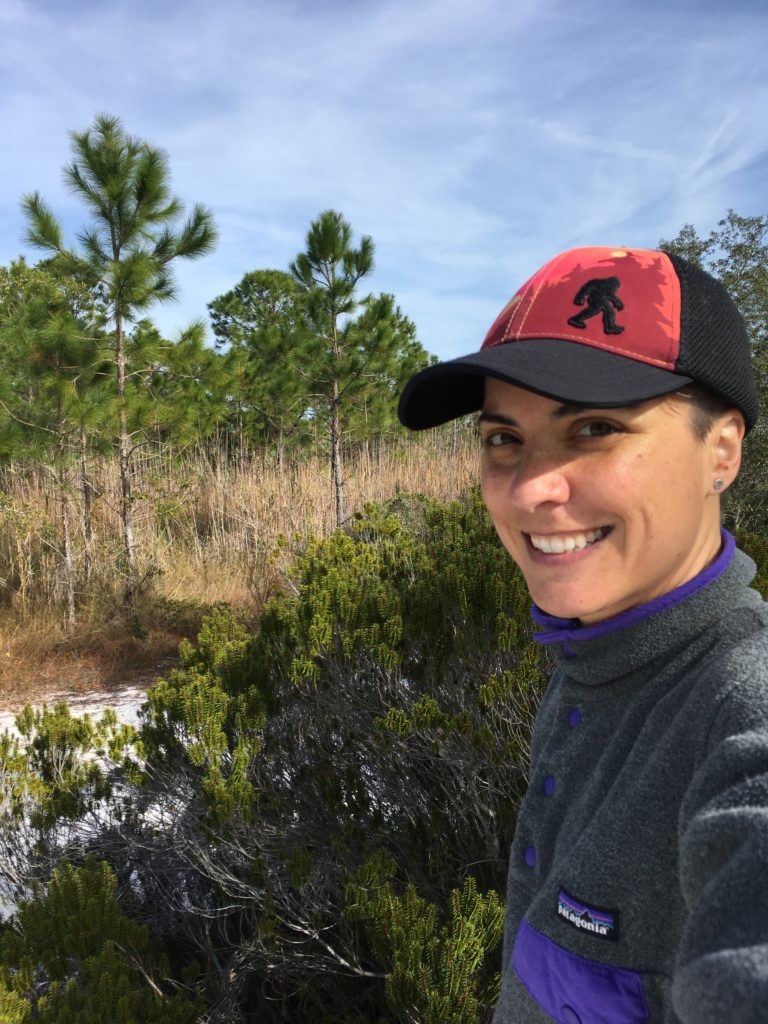
I spent 2019 as a first-year ambassador for Team Headsweats, and it was such a cool experience. Not only did I get to connect with other outdoors-loving athletes, but I also got some really awesome gear from Headsweats. It’s hard to pick my favorite, but their Bigfoot collection wins in my book. I usually run in their high-visibility race hats and hike in the Bigfoot trucker. All of them are comfortable, have a black underside to the brim, and help keep sweat and sun out of my eyes.
AfterShokz Titanium Mini
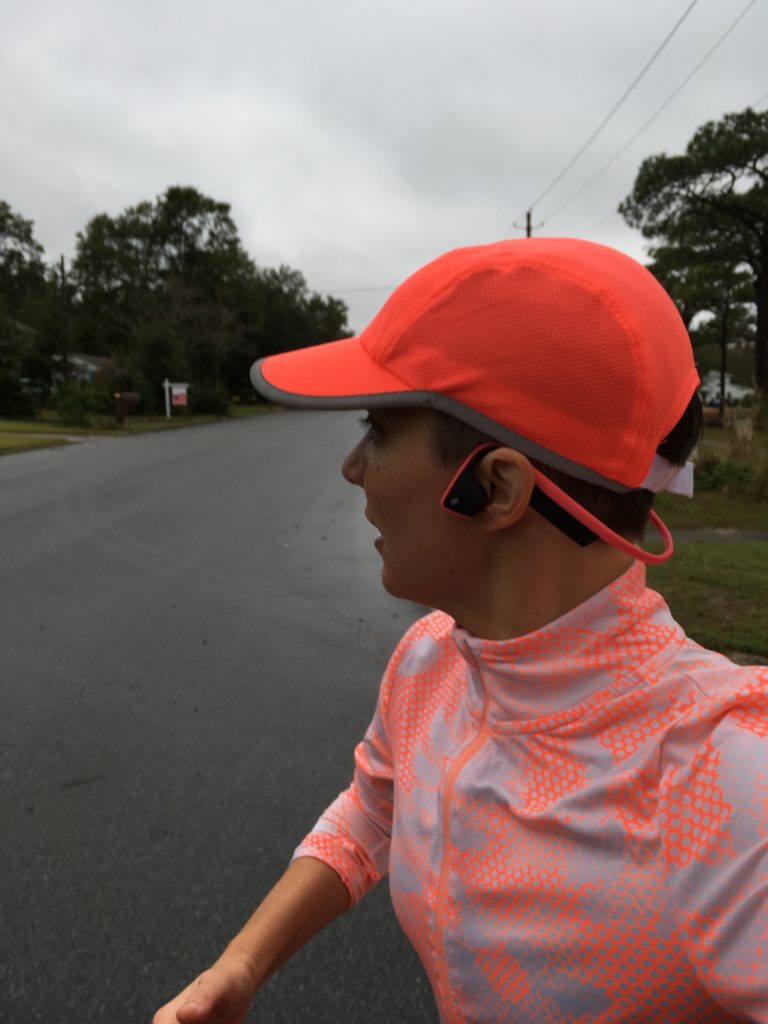
Many years ago, I ran with a tiny iPod shuffle and conventional headphones. After almost getting hit by a car– like, really almost getting hit– I never wore headphones outdoors again. I ran the wire up my abdomen and stuck the earbuds in my bra. Turning the volume all the way up basically turned them into tiny, horrible-quality speakers, and I sometimes got little raw circles on my chest from where the headphones rubbed. And then (cue the movie music for the big reveal) I read about AfterShokz, a company that produces open-ear, bone-conduction headphones for athletes. They’re life-changing. This photo is of them in action, not bouncing, rubbing, or making me deaf while I run across an intersection. The sound quality is excellent, although I refuse to admit to some of the bizarre and embarrassing stuff that’s on my playlist.
Did you get any new favorite running gear this year? If so, I’d love to hear about it. And here’s to the new year!
